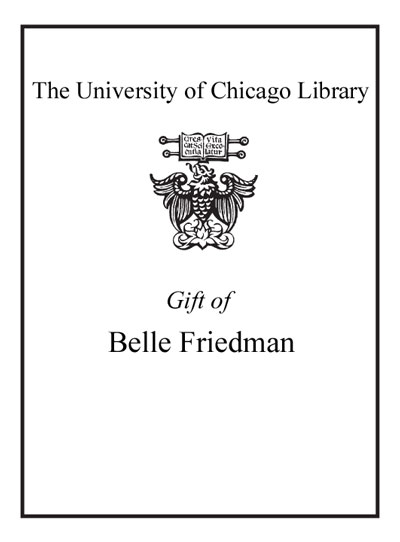Storytime : young children's literary understanding in the classroom /
Saved in:
| Author / Creator: | Sipe, Lawrence R. |
|---|---|
| Imprint: | New York : Teachers College Press, c2008. |
| Description: | xiv, 305 p. : ill. ; 24 cm. |
| Language: | English |
| Series: | Language and literacy series Language and literacy series (New York, N.Y.) |
| Subject: | |
| Format: | Print Book |
| URL for this record: | http://pi.lib.uchicago.edu/1001/cat/bib/6647258 |
Table of Contents:
- Foreword
- Acknowledgments
- Introduction
- Literary Understanding: A Neglected Part of the Literacy Landscape
- The Marginalization of Reading Aloud to Young Children
- Why Another Theory?
- Audience
- Part I. Picturebooks and Literary Understanding
- 1. Picturebooks and Children's Responses
- Examining Picturebooks
- Reading the Signs: Semiotic Perspectives
- Perspectives from Visual Aesthetic Theory
- The Relationship of Text and Pictures
- Research on Children's Responses to Picturebooks
- 2. Young Children's Literary Understanding: Either Text or Reader
- The Social Constructivist Paradigm and Vygotsky's Sociocultural Approach
- Talk in the Classroom
- Cognitive Perspectives on Children's Comprehension of Narratives
- Literary Perspectives on Using Literature in the Classroom
- 3. Young Children's Literary Understanding: Between Text and Reader
- The Middle Ground: Iser and Rosenblatt
- Britton's Participant and Spectator Stances
- Benton's Construct of the Secondary World
- Langer's Model of Envisionment
- Bogdan's Theory of Reader Stances
- Can't We Just Enjoy Literature? The Theorization of Pleasure
- Research About Literary Talk in the Classroom
- Part II. Five Aspects of Literary Understanding and Their Interrelationships
- 4. Introducing the Categories of Response and the First Type of Analytical Response
- The Categories of Children's Responses
- Examples of the Live Conceptual Categories
- Analytical Response 1A. Making Narrative Meaning
- 5. Other Types of Analytical Response
- Analytical Response 1B. The Book as Made Object or Cultural Product
- Analytical Response 1C. The Language of the Text
- Analytical Response 1D. Analysis of Illustrations and Other Visual Matter
- Analytical Response 1E. Relationships Between Fiction and Reality
- 6. Intertextual Responses: How Stories "Lean" on Stories (and Other Texts)
- Three Types of Intertextual Connections
- The Roles of Intertextual Connections
- The Power of Text Sets
- Intertextual Resistance to Stories
- 7. Personal Response: Drawing the Story to the Self
- Life-to-Text Connections
- Text-to-Life Connections
- Other Personal Connections
- Children's Personal Resistance to Stories
- 8. Transparent and Performative Responses
- Transparent Response: Entering the Storyworld
- Performative Response: The Text as a Platform for Children's Creativity
- 9. A Grounded Theory of the Literary Understanding of Young Children
- Five Facets of Literary Understanding
- Blurring the Categories
- Three Basic Literary Impulses
- Connections to Other Theoretical Models
- The Dynamics of Literary Understanding
- Part III. Teachers as Enablers of Children's Meaning-Making and Implications for Pedagogy and Further Research
- 10. Teachers' and Children's Roles in Enabling Literary Understanding
- What Is Scaffolding?
- Five Conceptual Categories for Adult Talk
- Examples of the Categories of Adult Talk
- Scaffolding Provided by Category 1. Reader
- Scaffolding Provided by Category 2. Manager and Encourager
- Scaffolding Provided by Category 3. Clarifier/Prober
- Scaffolding Provided by Category 4. Fellow Wonderer/Speculator
- Scaffolding Provided by Category 5. Extender/Refiner
- Storytelling: Mrs. Martin's Style of Reading and Scaffolding
- Types of Teacher Questions
- Children's Enabling of Their Peers' Response and Understanding
- 11. What's the Point of Literary Understanding? Implications for Practice, Research, and Beyond
- Pedagogical Implications of the Studies
- Further Research
- Beyond Literacy: What Good Is Literary Understanding, Anyway?
- Appendix A. The Research Studies for This Book
- Appendix B. A Glossary of Picturebook Terminology
- Appendix C. Transcription Conventions
- Children's Literature References
- References
- Index
- About the Author

